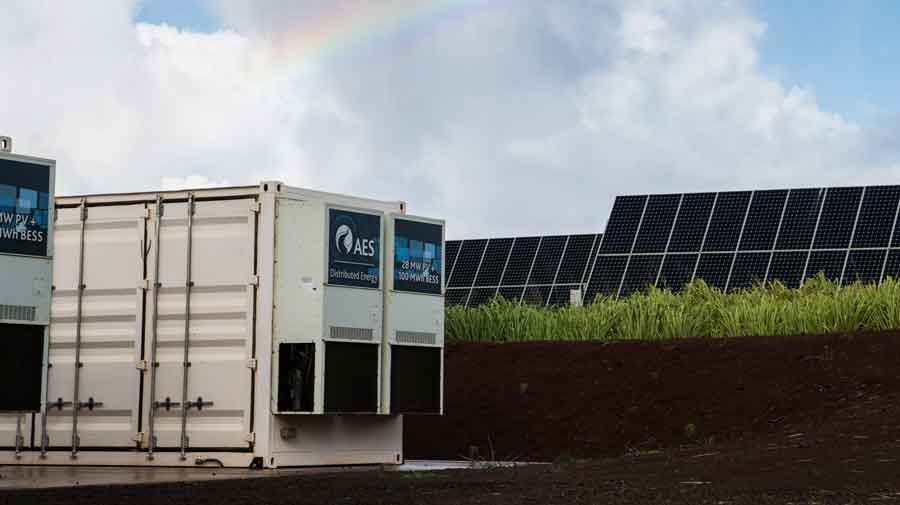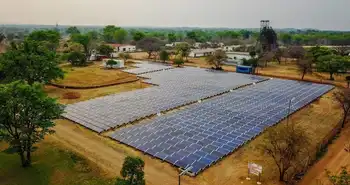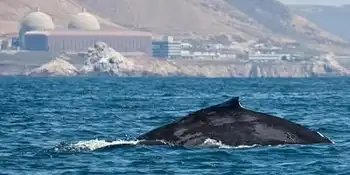National lab studies building better wind turbines
The federal lab's wind projects are targeted at driving down costs by improving how efficiently turbines operate — in essence, making them smarter, said Jose Zayas, manager of Sandia's Wind Energy Technology Department.
"Wind is very random; it's very active," he said. "You get gusts, you get all kinds of phenomena. Machines need to be designed to withstand all those variabilities."
Sandia, which has been working on wind energy for three decades, focuses part of its research on turbine blade efficiency and design. One of its most recent projects collaborated with Purdue University in Indiana on a system of sensors and software to constantly monitor propeller-style blades and control the machine's operation.
Zayas says the United States is a hot market for wind energy. It added 8,300 megawatts last year alone, bringing the nation's wind-powered generating capacity to more than 25,000 megawatts.
That's only a tiny part of U.S. electric capacity — 1.3 percent in 2008, according to the Energy Information Administration. But it's growing rapidly. Zayas said wind-generated electricity added last year accounted for 40 percent of all new energy installation in the nation. The year before, wind accounted for 35 percent.
Interest in wind energy is spurred partly by the nation's interest in alternative energy. Twenty-six states, including New Mexico, have requirements that a portion of the electricity utilities offer to customers come from renewable sources such as wind.
The size of wind turbines has grown over the years, and modern turbines in the United States are massive, with towers nearly as tall as a football field is long, and blades with diameters about the same size. Despite their bulk, turbines have advanced aerodynamics and are efficient at converting wind energy into electricity, Zayas said.
According to the Washington, D.C.-based American Wind Energy Association, wind power is competitive with energy generated by coal or natural gas.
"It's globally recognized that wind energy is cost-effective... and is competitive. But there's a lot of research to be done," just as the United States continues to invest in research in the automotive industry or nuclear energy, Zayas said.
John Dunlop, senior project engineer with the American Wind Energy Association, said turbine technology has improved steadily and "any advancements we make will be incremental."
"On the other hand, any improvements in the productivity will be helpful and anything that can be done to reduce the stresses, anything that can be done to ensure turbines are durable and reliable, will reduce downtime and improve energy efficiency," he said.
And that will reduce the cost of turning on the lights, Dunlop said.
The Sandia-Purdue project was aimed at identifying the best types of sensors to put on blades and the best place to put them on the blades, Zayas said.
The project, presented in a paper at the Windpower 2009 conference in Chicago in May, involved what's called an accelerometer system. Sensors in the blades constantly monitor wind pressure to help determine the blades' motion and how well the structure responds.
That's key. The sensors talk to the turbine's control system via software, Zayas said. That can allow the machine to shut down, reduce its power output or take some other action to avoid damage, he said.
Tests on the system were completed in late June at Sandia's experimental wind farm in Bushland, Texas, near Amarillo, but Zayas said the project is still in the investigation stage.
He expects results to be transferred to the wind energy industry in a year or so. Wind turbine manufacturers have already incorporated earlier Sandia work, with some of the lab's blade designs currently in the field, Zayas said.
A U.S. Department of Energy study released in July 2008 found no major technical breakthroughs in wind turbines are needed for the nation to get 20 percent of its electrical needs from the wind by 2030.
"It's entirely feasible," Dunlop said. But, he said, the association is interested in "those incremental improvements that will continue to keep that price low."
Related News

Two new electricity interconnectors planned for UK
LONDON - Ofgem has opened bids to build two electricity interconnectors between the UK and continental Europe.
The energy regulator said this would “bring forward billions of pounds of investment” in the subsea cables, which can import cheaper energy when needed and export surplus power from the UK when it is available.
Developers will be invited to submit bids to build the interconnectors next year. Ofgem will additionally run a pilot scheme for ‘multiple-purpose interconnectors’, which are used to link clusters of offshore wind farms to an interconnector.
This forms part of the UK Government drive to more than double capacity by 2030,…




